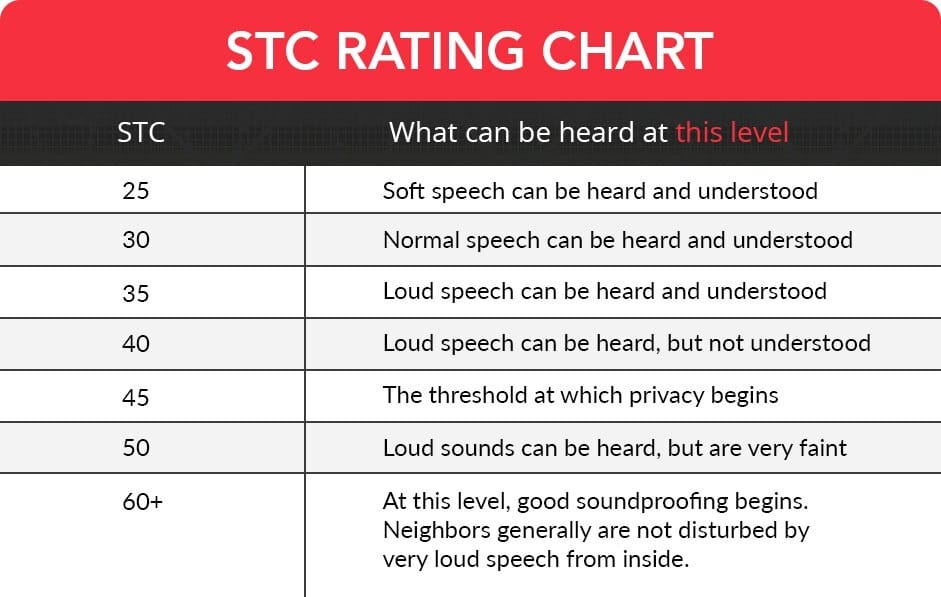Pancreas
Senior Member
- Joined
- Nov 2, 2022
- Messages
- 481
- Likes
- 96
I live in an apartment that I own. Since I play guitar and listen to low music, but I’d rather not here anyone, I did some “sound proofing”
The walls here is pathetic 3/8 with zero insulation. The good thing is the studs are metal. The outside wall around window is concrete. The floor and ceiling is concrete.
Only one wall is adjacent to neighbor. This is the wall I did some work on. Since 3/8 with metal studs without insulation.
Instead of tearing down the wall, I had someone install wooden studs on top of the 3/8 wall, put fiberglass insulation around it, then a 5/8 wall on top of it.
This was the cheapest option as anything else like resilient channels and other forma would have been way more expensive
Also tearing down the original wall to add insulation, then replace wall, then another wall on top of that one would’ve been more expensive
I wonder what STC I may have now with this setup.
I also replaced the hollow door with solid core one.
The walls here is pathetic 3/8 with zero insulation. The good thing is the studs are metal. The outside wall around window is concrete. The floor and ceiling is concrete.
Only one wall is adjacent to neighbor. This is the wall I did some work on. Since 3/8 with metal studs without insulation.
Instead of tearing down the wall, I had someone install wooden studs on top of the 3/8 wall, put fiberglass insulation around it, then a 5/8 wall on top of it.
This was the cheapest option as anything else like resilient channels and other forma would have been way more expensive
Also tearing down the original wall to add insulation, then replace wall, then another wall on top of that one would’ve been more expensive
I wonder what STC I may have now with this setup.
I also replaced the hollow door with solid core one.

